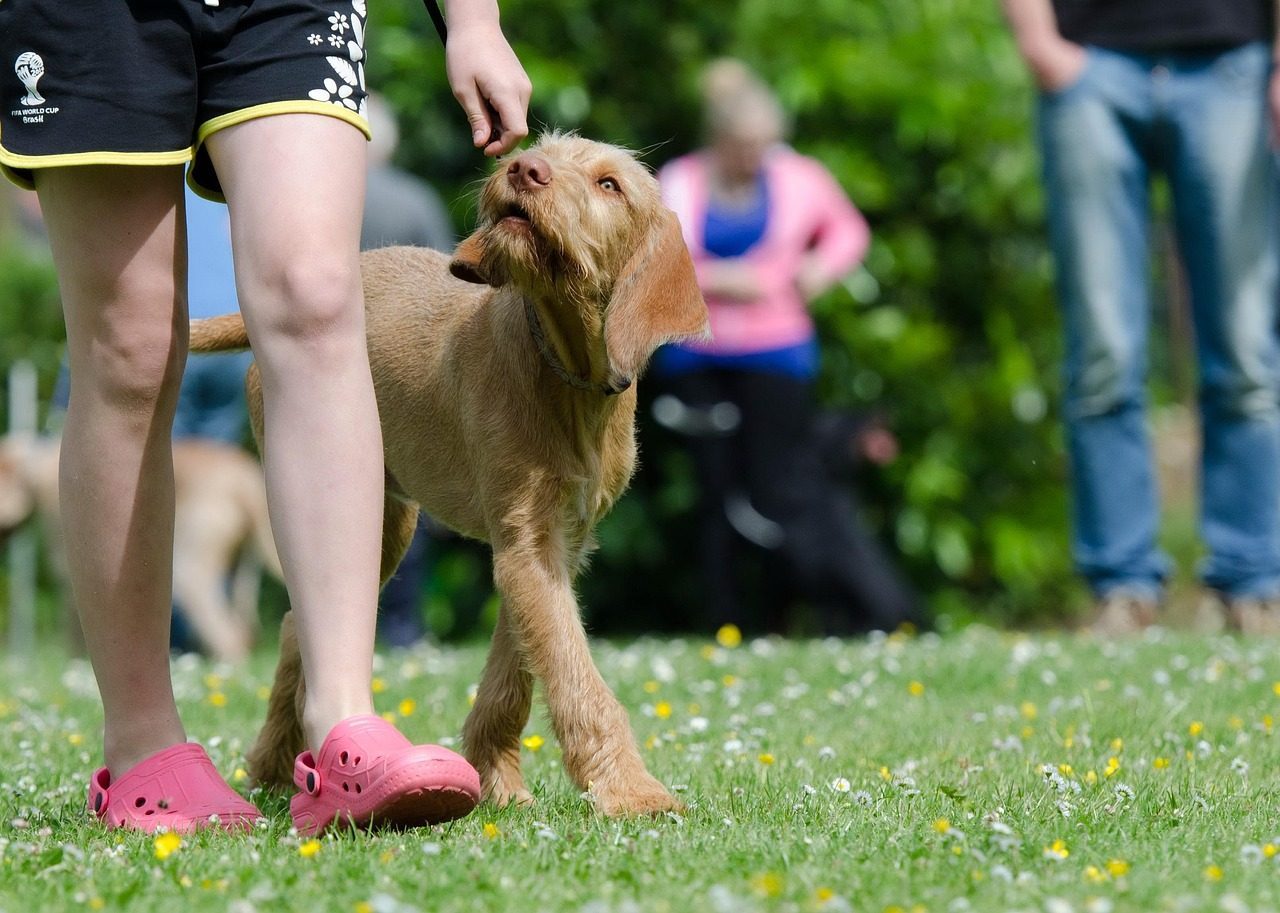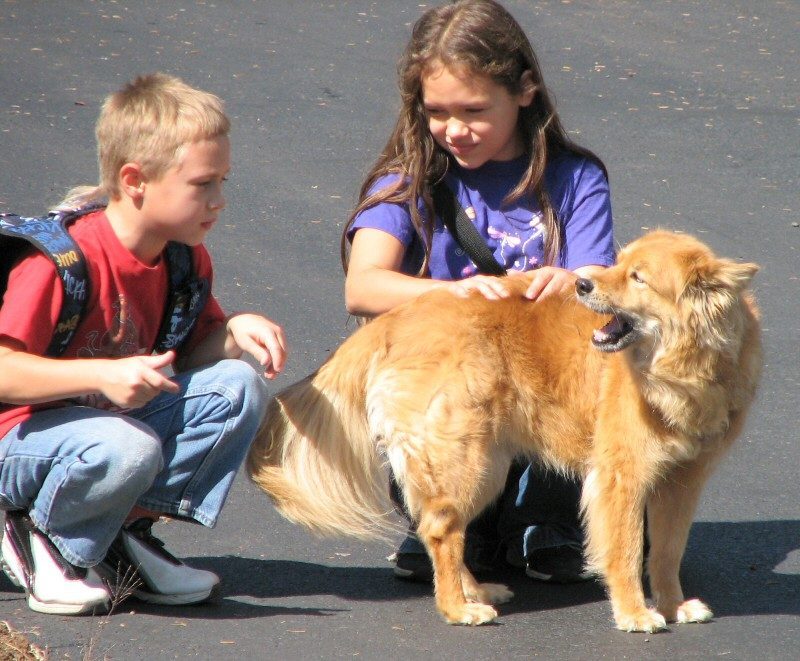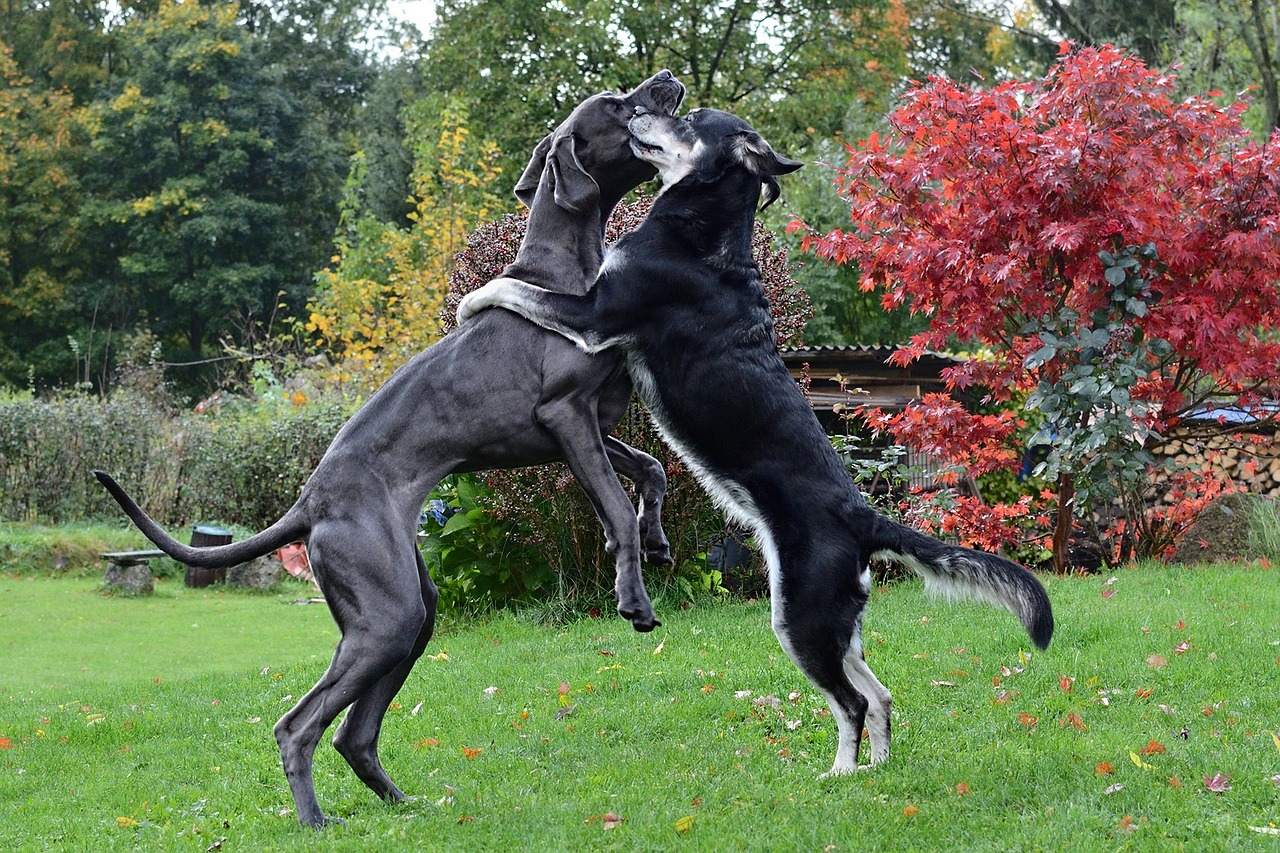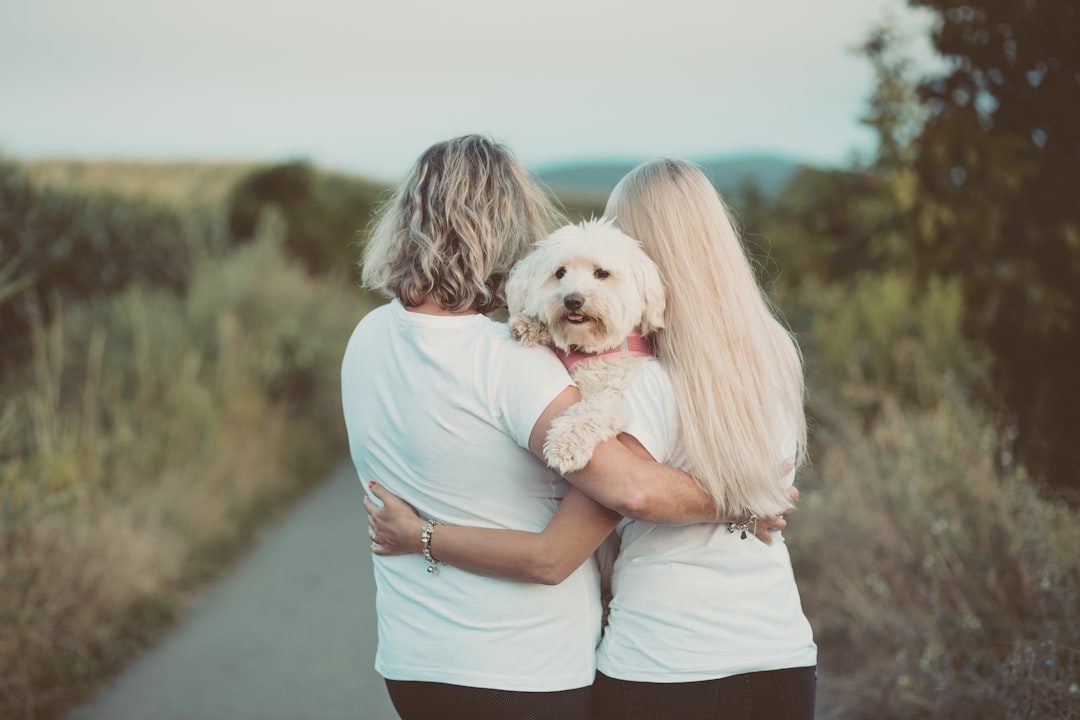Your dog’s love isn’t just in your head. Recent scientific breakthroughs have revealed something remarkable about the connection you share with your canine companion. When you and your dog gaze into each other’s eyes, both your brains release bonding hormones, creating a powerful neurochemical connection. The same neural pathways that light up when a baby sees their mother also activate when your dog sees you. Yet this incredible bond isn’t automatic or guaranteed. Like any meaningful relationship, it requires intention, understanding, and sometimes course corrections when things go wrong.
The mechanisms behind well-matched dog-human relationships can be skillfully applied through certain behaviors on the human’s part. The difference between a dog who merely tolerates you and one who would move mountains for you often comes down to daily choices you might not even realize you’re making. So let’s dive into the science-backed ways to deepen your connection and discover what might be quietly undermining the bond you thought was unbreakable.
1. Make Eye Contact a Daily Ritual

Eye contact between you and your dog triggers a release of oxytocin in both of you – the same hormone responsible for bonding between parent and child. Think of these moments as “eye hugs” that literally rewire your brains for deeper connection.
This oxytocin-gaze positive loop represents the coevolution of human-dog bonds, making those tender moments when your dog looks up at you from their bed more than just cute – they’re neurochemically strengthening your relationship. Try incorporating intentional eye contact during calm moments, like morning coffee or evening wind-down time.
2. Train Together Using Positive Methods

Training provides phenomenal mental stimulation for your dog while teaching them household rules and making them feel more secure at home. Even just 5-15 minutes of training exercises daily can be mentally exhausting for your dog.
With positive reinforcement methods, your puppy will come to see training sessions as playtime, and besides teaching good manners, training provides both physical exercise and mental stimulation. The key is keeping sessions short, fun, and reward-based rather than punishment-focused.
3. Create Mental Challenges Through Food Puzzles

Mental exercises can actually make dogs more tired than physical exercise, and many destructive behaviors can be resolved simply by implementing mental exercises every day. Transform mealtime from a thirty-second gulp-fest into an engaging brain workout.
Food puzzles and slow feeders make mealtime mentally stimulating by engaging problem-solving skills and making eating more fun, while also helping slow down fast eaters and promoting healthier eating habits. Hide kibble around the house, use puzzle toys, or create DIY challenges with muffin tins and tennis balls.
4. Establish Predictable Routines

Dog owners should aim for stability in routines and absences from the dog, because sudden changes in household routines and owner-dog interactions can trigger or exacerbate separation-related problems. Dogs thrive when they can predict what comes next in their day.
Creating a regular routine for your dog to rely on helps your pet feel secure. This doesn’t mean being rigid, but rather establishing consistent patterns for meals, walks, bedtime, and quality time together that help your dog feel confident about their place in your world.
5. Engage Their Natural Instincts

Mental stimulation refers to any activity that allows dogs to channel their natural instincts into a job or purpose, enriching your dog’s life by exercising their brain and adding variety to their daily routine. Every dog has breed-specific drives waiting to be fulfilled.
Hide-and-seek requires critical thinking skills and a good nose from your dog, and in a home setting, dogs don’t often get to use these skills, so having the opportunity is lots of fun for them. Whether it’s scent work for hounds, agility for herding breeds, or water play for retrievers, tap into what makes your dog tick.
6. Practice Calm Greetings and Departures

Get used to walking through your door with no emotion, regardless of what greets you. This might feel unnatural when you’re excited to see your furry friend, but overly dramatic hellos and goodbyes can actually increase anxiety and weaken your dog’s confidence.
Ignoring your dog for a few minutes when you first get home before transitioning into calm petting emphasizes that leaving and coming back is a normal occurrence, not a cause for overexcitement. This builds their emotional resilience and trust that you’ll always return.
7. Provide Enriching Social Experiences

Introducing your dog to new environments and experiences through visits to different parks, pet-friendly cafes, or playdates with other dogs provides mental enrichment through exposure to new sights, sounds, and smells. Socialization isn’t just for puppies.
Social interaction is vital for your dog’s mental health, and regular playdates or visits to dog parks provide opportunities to engage with other dogs, develop social skills, and practice communication while learning appropriate behavior. Well-socialized dogs are more confident and adaptable companions.
8. Listen to Your Dog’s Communication

Canines are capable of assessing humans’ emotional states and discriminating humans by levels of familiarity, and research shows they can smell human emotions. Your dog is constantly reading your moods and trying to communicate with you – are you paying attention back?
Watch for subtle signals like where they choose to rest, how they approach you, and their body language during different activities. Dogs who feel heard and understood develop deeper trust and stronger bonds with their humans.
9. Inconsistent Rules and Boundaries

Nothing confuses a dog more than rules that change based on your mood or convenience. If jumping on the couch is okay on Sunday but forbidden on Wednesday, you’re not teaching boundaries – you’re creating anxiety and uncertainty about their place in your home.
High frequencies of punishment are associated with anxious behavior, and dogs are less anxious when a high proportion of their training interactions involve positive reinforcement. Clear, consistent expectations help your dog feel secure and confident, while constantly shifting goalposts erode trust.
10. Punishment After the Fact

Imagine the dog who is greeted with screaming and yelling when you come home to a destroyed couch. What has your dog learned? They’ve learned to associate your coming home with severe scolding, creating a dog that is afraid of you.
Coming back to a damaged home can be distressing, but responding with physical or emotional punishments is ineffective and only serves to increase your dog’s anxiety. Your dog can’t connect punishment with something that happened hours ago – they only learn to fear your return.
11. Leaving Them Alone Too Long

Separation anxiety is triggered when dogs become upset because of separation from their guardians, the people they’re attached to. Escape attempts can be extreme and result in self-injury and household destruction. Even dogs without separation anxiety can develop behavioral problems from excessive isolation.
If owners must be away for an unusually long time, they should ask a trustworthy person to watch the dog or take the dog with them. Dogs are social creatures who weren’t designed for eight-plus hour stretches of solitude on a regular basis.
12. Overwhelming Them with Forced Affection

That urge to squeeze your dog in a bear hug or force cuddles when they’re trying to move away might feel loving to you, but it can actually damage your bond. Dogs have their own comfort zones and ways of showing affection that might not match human expectations.
Don’t encourage overly clingy behavior. Instead, develop independence by teaching your puppy to be on their own in another room, even when you’re at home. Respecting your dog’s need for space and choice in interactions builds trust and prevents anxiety.
13. Ignoring Their Exercise and Mental Stimulation Needs

Without adequate mental stimulation, dogs can become bored, and boredom can predispose dogs to serious behavioral issues like reactivity and separation anxiety. A dog left to their own devices will find ways to entertain themselves – often in ways you won’t appreciate.
Lack of physical exercise and mental stimulation can lead to anxiety, frustration, and destructive behavior. High-energy breeds especially need jobs to do and puzzles to solve, or they’ll create their own entertainment through your belongings.
14. Using Fear-Based Training Methods

A dog experiencing separation anxiety is similar to a human having a panic attack, and every time a dog with separation anxiety is left alone, their body is flooded with stress hormones. Fear-based training methods create similar stress responses that damage the trust foundation of your relationship.
Dominance theory and alpha rolling have been thoroughly debunked by modern animal behavior science. Dogs trained through intimidation may comply out of fear, but they don’t develop the genuine trust and partnership that makes for a strong bond.
15. Failing to Address Their Individual Needs

How quickly a dog overcomes anxiety does not correspond to the severity of symptoms, age, or breed – every dog is an individual, making it impossible to predict how quickly a dog can overcome their issues. Cookie-cutter approaches to dog care often miss what makes your specific dog tick.
Some dogs need more alone time, others crave constant companionship. Some thrive on routine, others love variety. Pay attention to your individual dog’s personality, energy levels, and preferences rather than assuming all dogs want the same things.
16. Neglecting Their Health and Comfort

Old dogs with medical problems such as loss of hearing or sight, painful conditions and cognitive dysfunction may become more anxious in general and seek out the owner’s attention for security and relief. Unaddressed pain or discomfort can completely change your dog’s personality and behavior.
Regular veterinary checkups, proper nutrition, comfortable sleeping areas, and attention to signs of illness or aging are fundamental to maintaining your bond. A dog who doesn’t feel well physically can’t fully engage in the relationship you’re building together.
Conclusion

Scientific research provides a basis for understanding the close bonds formed between humans and dogs, explaining at least partially why we humans enjoy the companionship of dogs. Your relationship with your dog is backed by millions of years of co-evolution and some of the most sophisticated bonding mechanisms in the animal kingdom.
Yet this incredible foundation means nothing without daily choices that either build trust or chip away at it. The strongest human-dog bonds aren’t accidents – they’re cultivated through consistent positive interactions, respect for your dog’s individual needs, and understanding that your furry friend is always learning from every interaction you have together.
What surprised you most about the science behind your bond with your dog? Share your thoughts in the comments below.

Andrew Alpin from India is the Brand Manager of Doggo digest. Andrew is an experienced content specialist and social media manager with a passion for writing. His forte includes health and wellness, Travel, Animals, and Nature. A nature nomad, Andrew is obsessed with mountains and loves high-altitude trekking. He has been on several Himalayan treks in India including the Everest Base Camp in Nepal.






